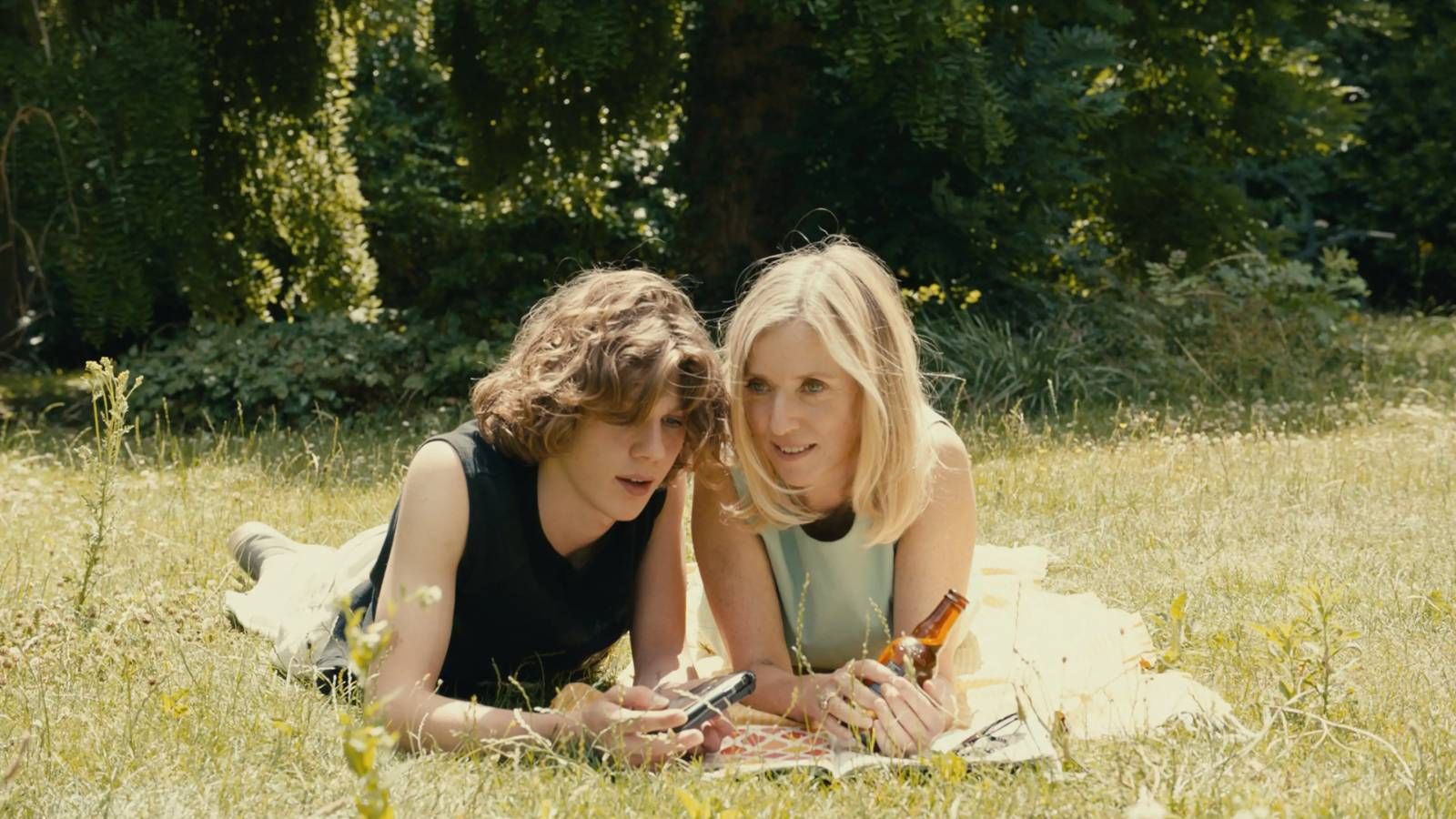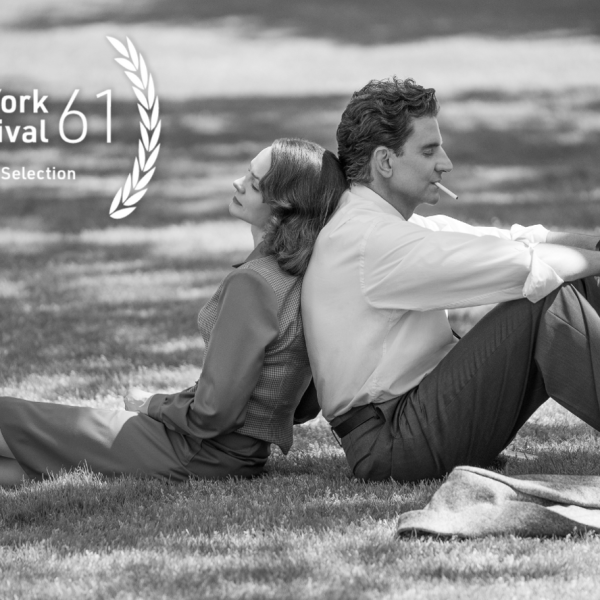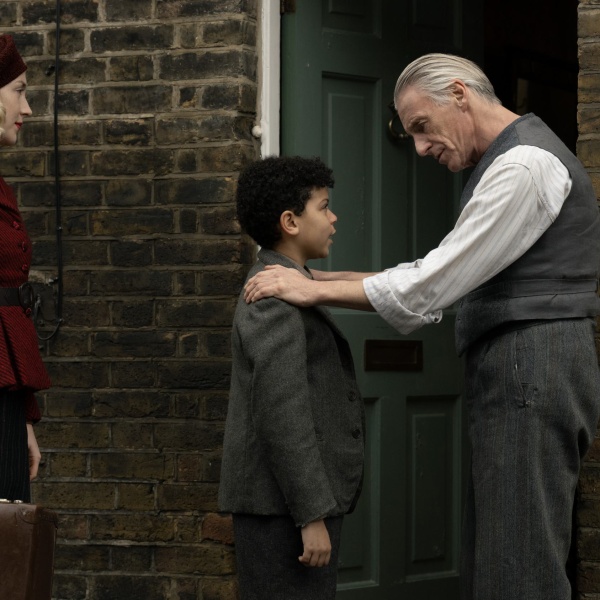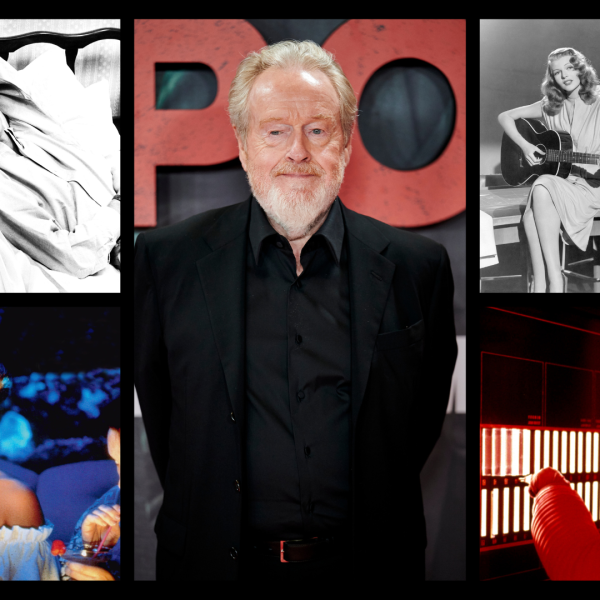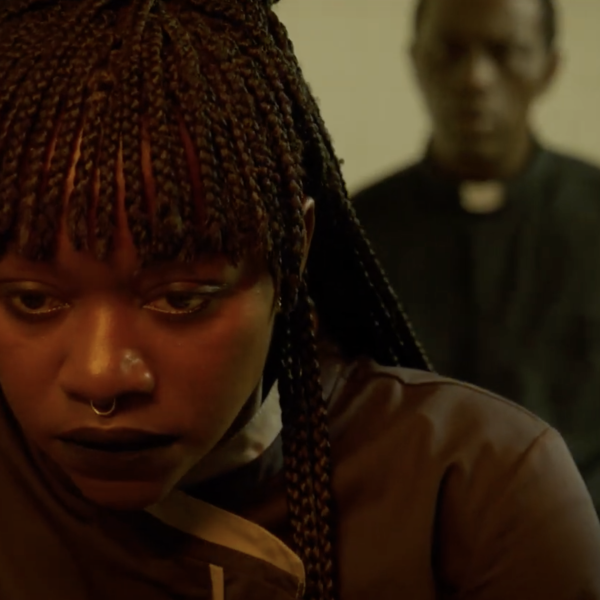From her controversial 1976 directorial debut “A Real Young Girl” to even more confrontational later works like “Romance” (1999) and “Anatomy of Hell” (2004), French auteur Catherine Breillat has long been one of the cinema’s premier chroniclers of desire in all its complexities and contradictions. Her latest film, “Last Summer,” is one of her best, a riveting and nuanced portrayal of an affair between an attorney (Léa Drucker) and her 17-year-old stepson (Samuel Kircher) that’s paced like a languorous Éric Rohmer dramedy but grips the audience like a thriller. It’s a remake of the Danish movie “Queen of Hearts,” and while the script by Breillat and Pascal Bonitzer provides “Last Summer” with meticulously crafted dialogue, characterizations, and situations, it’s only a starting point; the greatness of the film is in the visual execution, which is just as Breillat intended.
“One mistake that people often make is they confuse the script with the film,” Breillat told IndieWire. “The script is just a tool, first and foremost to convince everyone — the actors, the producers, the financiers, yourself — that the movie is possible. But once you get to set, everything changes because the words have to become flesh, and every actor changes forever the film that’s being made.” One of the most interesting examples of how Breillat and the actors transform the meaning of the text on set comes in a scene where the stepson confronts his mother about coming clean to his father and her husband; although the dialogue is nearly identical to that of “Queen of Hearts,” the meaning is completely different because of the way the actors play it. “In the Danish film, what he’s saying is true — he really does want his father to find out. In my film, he doesn’t. It’s a lie he tells himself to get the courage to barge into her office, and it becomes a scene of love between them.”
While Breillat says that most of her conversations with the actors take place before production and she only has minimal interaction with them on set, she does have one guiding principle that she asks her cast to keep in mind at all times. “I say to the actors that with every line they speak, they must ask themselves one of three things: Is what you’re saying the truth? Is what you’re saying a deliberate lie told to the other person? Or is what you’re saying a lie that you’re telling yourself? Those questions are what make something emerge that isn’t written on paper.” Breillat also often finds herself reconfiguring the blocking and lighting to give the same words a completely different meaning, as in a scene between Drucker and her husband (played by Olivier Rabourdin) where she asked her cinematographer to approach it from a less realistic, more expressionistic perspective than originally intended.
“I asked the DP to light it like a Hitchcock movie with this very white light that made her blue eyes come out,” Breillat said. “Then, within that Hitchcock lighting, I asked Léa to stop moving and to look at her scene partner out of the corner of her eye, but to start looking away from him as she was speaking and only looking at him when she was done talking. Breaking with the rhythm of what we were doing ended up making it one of my favorite shots in the movie.” The unconventional blocking in this scene is typical of Breillat, whose work walks a fine line between the naturalistic and the artificial. “I’m obsessed with never having two characters speak face to face, which is to say, with their profiles to the camera, which would be the natural way of doing it. It creates a whole question of how to make them dance around each other and make the camera dance around them.”

Breillat’s avoidance of conventional coverage is central to her films’ power; they engage the viewer on a deeper level than more traditionally shot movies because the audience is always leaning in with intensified attentiveness to try to decipher the visual codes we’re being given. One of Breillat’s boldest choices in “Last Summer” comes at the point where the two protagonists first make love. It was originally intended to be a physically revealing sex scene of the type for which Breillat became famous early in her career, but she reconceived the scene to focus entirely on a close-up of the lovers’ mouths as they kiss. It’s an incredibly tactile, erotic set piece so precise in its effects that the movie is unthinkable without it, yet Breillat didn’t come up with the idea until the night before the scene was shot.
“I walked around all night trying to figure out how we were going to be able to light the scene properly because the bed was stuck to the wall in such a way that we couldn’t get the lighting right for Lea, and it was very important that she be very beautiful in the scene,” Breillat said. “Suddenly, in a flash, I had the radical idea of simply pulling the bed forward so that we could slide the camera right behind it and get them in a very, very, very tight shot.” The actors, who had been anticipating a nude scene, were relieved to learn that the camera would only be on their faces, but Breillat reminded them that they would still need to deliver the requisite passion. “I did tell them that despite being so close to them, they were going to have to give me a kiss that was as wet and deep and interminable as possible. The other thing about the close-up is that it allowed me to [elide] all the moments of undressing and the other realistic necessities that I find very depressing.”
For Breillat, finding such moments on the fly is both the pleasure and the challenge of making movies. “I can only invent these things at night and in a state of terror,” she said. “For me, cinema is really Icarus’ flight. It’s being at the edge of the abyss, having to take a step forward to fly. It’s only when I’m faced with this abyss that I can have the inspiration to create scenes that are going to have the emotion and the grace that I need for them.” The sense of constant discovery that Breillat tries to maintain on set and throughout editing (she notes that “Last Summer” required “a very taut line that we had to find frame by frame”) facilitates a similar sense of discovery for the audience, as “Last Summer” continually forces us to recalibrate our feelings about the characters and reconsider the moral and emotional implications of what we’re watching.
This is in keeping with Breillat’s belief that movies should not be overly didactic or prescriptive but open-ended and provocative. “Cinema is an art that is essential precisely because it is useless,” Breillat said. “I think that people are wrong to say that cinema should say one thing or another. That’s not cinema, it’s propaganda. It shouldn’t serve a cause. However, what it does do is answer questions that were never asked of it in the first place.”
